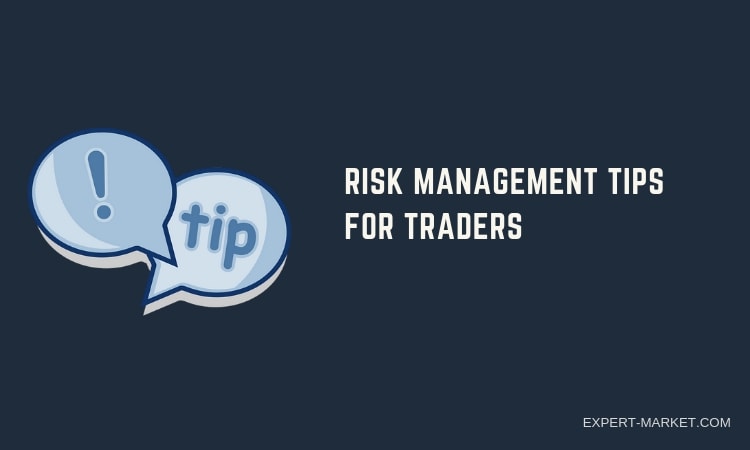Money comes and money goes. That’s life and there’s not too much that can be done about it. However, most would agree that it’s better when it comes and stays. There’s nothing worse than having a hole in your trading account bucket. What can happen with traders it they adhere to tried and true trading styles and formulas that work well for them.
But then as they begin to see nice profits building up in their account, they suddenly lose it all to one bad trade. How can that happen? Easily; by not maintaining sound techniques for managing risk. Here are some valuable risk management tips that you can add to your trading tool box.

Easy Does It with One Percent
Surely while you were in training to be a trader you learned to never trade more than you can afford to lose. That’s one of the Golden Rules of Trading. Don’t put more than 1% of your capital into any one trade. That especially holds true for accounts of $100,000 for less. With an account of $100,000, it wouldn’t be wise to put more than $1,000 into any trade. What happens if the trade you were so sure about goes south? Well, you’ve only put 1% of your account at risk, so you can still continue.
However, even though everyone knows this conceptwell, it’s easy to get carried away in the moment. You might be so sure of a deal that you throw a higher percentage at it. If you’re very lucky, you might come out ahead, but chances are good that you’re going to lose it. Stick to the rule of one percent and watch your account steadily increase.
Setting Your Goals Correctly
Sometimes traders put themselves under too much pressure to win by setting daily or even weekly goals for themselves. Unfortunately, the market can and does surprise us. If you have set a goal to reach by the end of a specific trading day but you fall way short of that goal, what will you do? If you see your trading period ending and you’re beneath the amount you’ve set for that day, there’s a good chance you’ll try harder by going into risky trades.
You’ll enter trades to try to bring up your tally for the day when really it would be better for you to stop. Set your goals longer term, so that if you have a bad day, or two or three, you can even it out when you have good days. Give yourself a generous time frame to meet your goals.
Calculating Stop-Loss Points
If you could guarantee 100% that you know what the market will do, you could probably get away without using stop-loss points. But as we all know, the market has a mind of its own. When you set your stop-loss point, you are minimizing the amount you could lose. If you’re feeling the pressure to win on a given trade, there’s a good chance you’ll stay in the trade too long in hopes that the market will turn. Protect your investment with a safe stop-loss point.

































